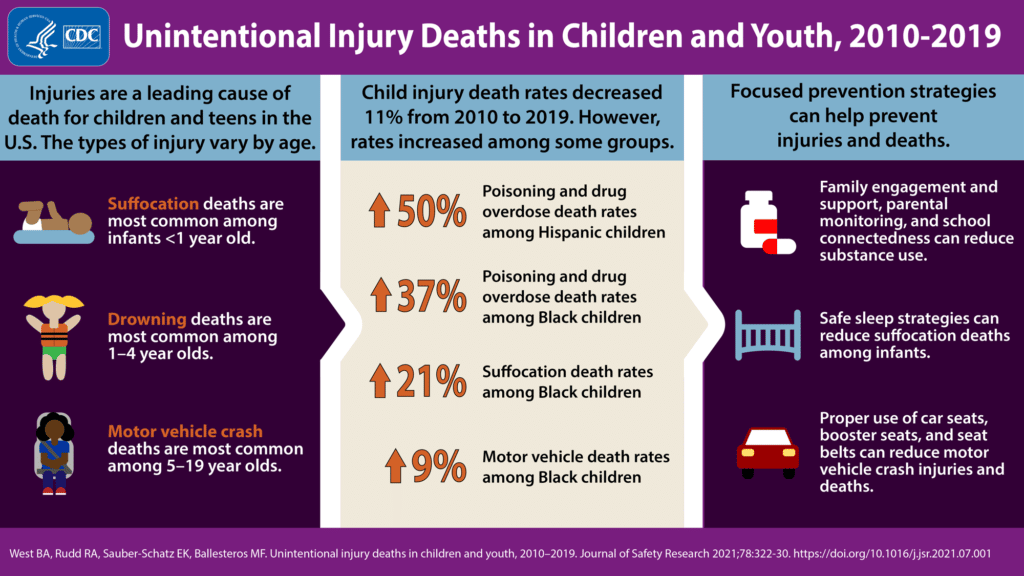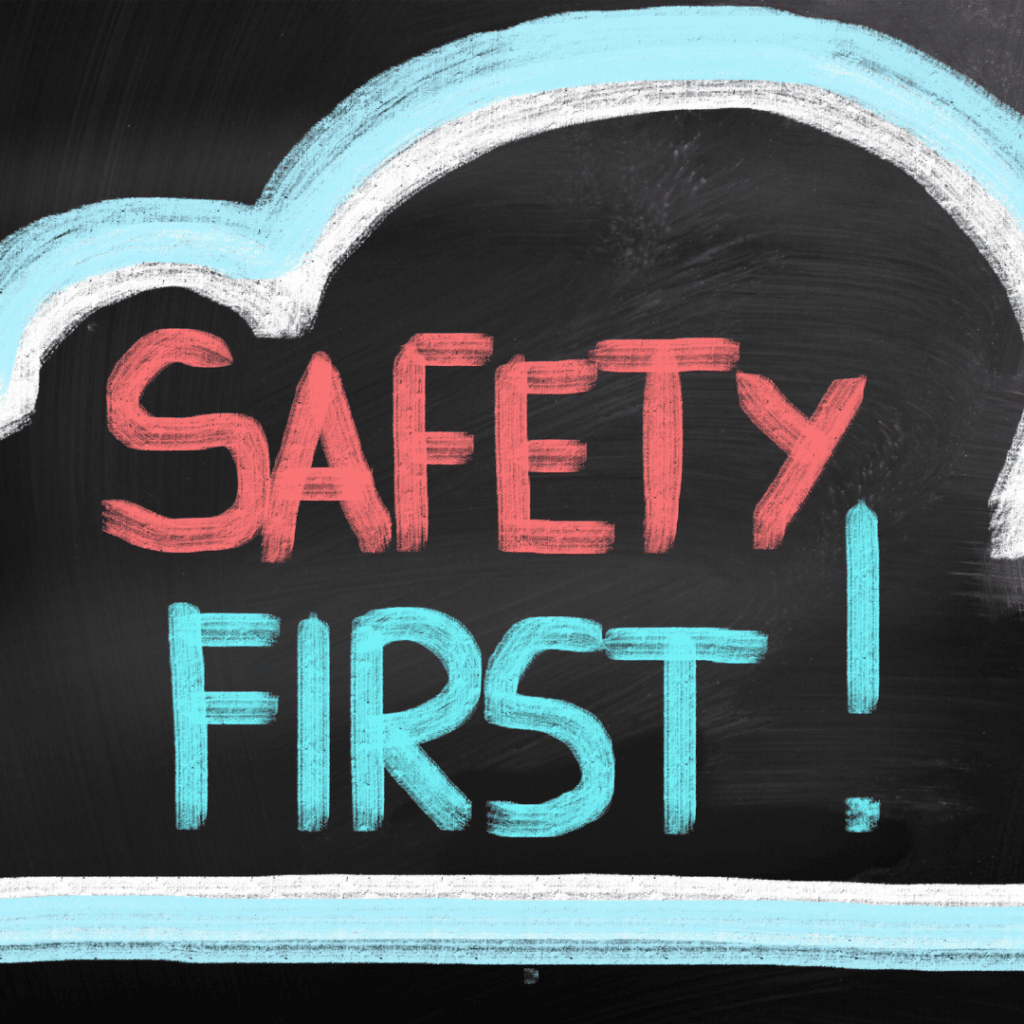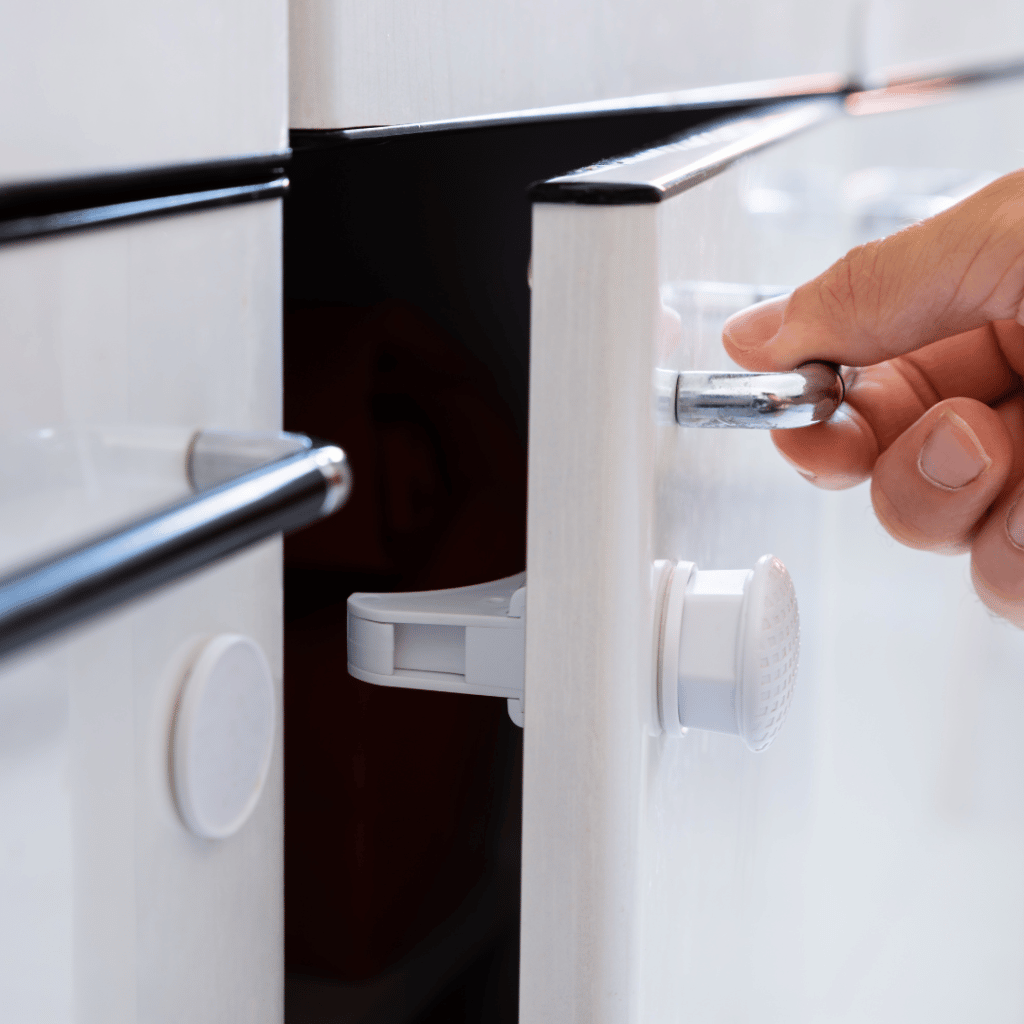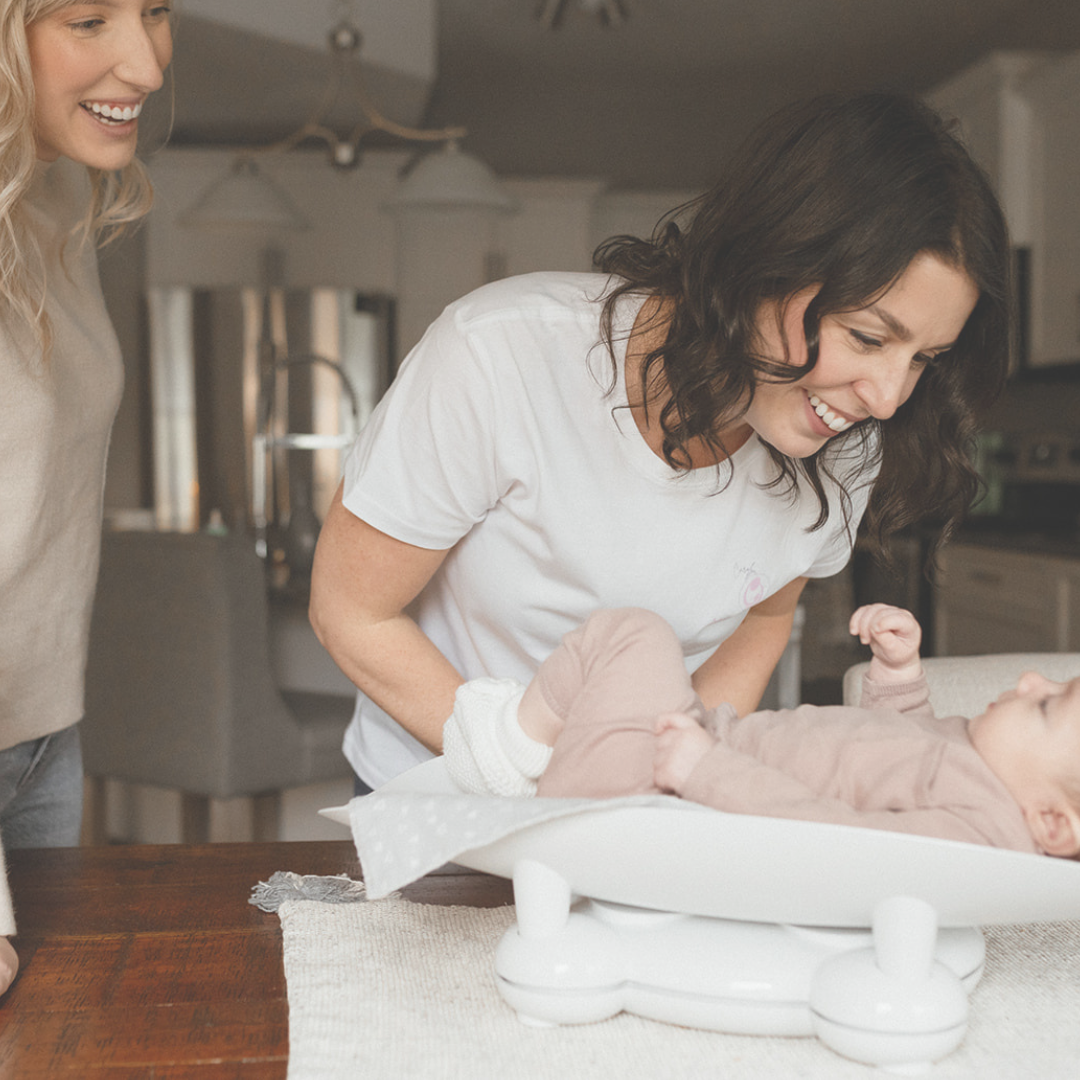Many people wonder if they are going “overboard” by child-proofing their house. Is it necessary? Am I overreacting or is this truly important to protect my baby?
Did you know when we look at data on unintentional injuries that there is a considerable amount of unintentional injury death in young children?
According to the CDC (Centre for Disease Control- US) in 2018–2019, child unintentional injury death rates were highest among male children and the age groups most affected were babies under 1 year old and teens age 15–19 years.
Suffocation deaths are most common in children under 1 year.
Drowning is the most common in children between 1-4 years.
It is worth mentioning that there are disparities in which ethnic groups see the most unintentional injuries. In the USA, despite the overall rate of childhood injury and death declining, black children had a 21% increase in suffocation.

In Canada, the reported death rates from unintentional injuries is 4 per 100 000 in males and 3 per 100 000 in females from age 1-11 years. Similar to the USA, Canada also has certain ethnic groups that are at a greater risk of death.
Health Canada reports that compared to non-Indigenous people, Indigenous peoples are at greater risk of unintentional injury death. Specifically,
- First Nations
- 3.5 times higher
- Inuit
- 3.2 times higher
- Métis
- 2.7 times higher

Education is the first step and the environment that your child lives in can make a difference in their risk for unintentional injury.
With all of that being said …..
YES, childproofing your house DOES MATTER– how can we child do that?

Suffocation and Strangulation
Suffocation and Strangulation is the main concern in children younger than 1.
Remember that safe sleep matters – when you are putting your little one down to sleep, no hoods, strings from hoods, necklaces or bibs on them for sleep.
For your baby’s sleep space you can:
- Secure curtain and blind cords to the wall or beyond reach
- Keep the crib away from window blinds or cords
- When possible, replace corded blinds with cordless ones
- Avoid clothing with drawstrings at the neck or waist
Falls
Falls are actually one of the leading causes of unintentional injuries that lead to emergency department visits in children less than 1 year of age.
To prevent falls, always supervise your baby.
- Don’t get distracted by people or objects (like your phone) when your child is on a raised surface like change table, sofa, bed etc.
- Keep one hand on your baby at all times while they are on a raised surace
- Avoid placing car seats and infant pillows on raised surfaces like furniture, counters, or appliances – babies can roll or wiggle off of them
As soon as your baby is on the move – we need to look at installing safety gates.
- Install gates with vertical bars made of metal or wood. Fix them securely to studs in the wall at the top of stairs. Pressure mounted gates are not safe at the top of stairways.
- Gates should meet current safety standards
- Install window guards, or make sure windows are latched so that they can’t open more than 10 cm (4 inches). Window screens do not prevent falls, and they cannot hold the weight of a toddler.
- Keep furniture including your baby’s crib and change table – away from windows that open so that your toddler isn’t tempted to push on the screen.
Poisoning
Accidental swallowing of chemical substances can cause lifelong damage to your little one’s health. Trust me when I say as a former pediatric nurse, I have seen this many times and no one ever thinks it will happen to their family.

Ensuring that your little one doesn’t have any access and lock up substances like:
- Household cleaning products
- Over the counter medications
- Prescription medications
- Cannabis or CBD products (especially edibles)
- Batteries (all types and shapes)
- Visitor’s purses or bags away from toddlers (you never know who is carrying a bottle of adult strength Tylenol in their purse)
- Cigarettes, vapes, e-cigarettes or other nicotine containing products
- Know if any of your pretty houseplants is actually poisonous if ingested
While this is not an exhaustive list of everything you can do to childproof your home, the message to take home is, unintentional injuries can happen to anyone. Childproofing your home is a way that you can decrease your child’s risk to injury and death.
If you’re looking for a comprehensive list – I suggest checking out the Health Canada ebook on Keeping your Child Safe.
If you’re interested in child safety and learning more about how to keep your baby or child safe from harm, consider attending one of my infant and child choking and CPR classes. Check out my schedule to see when I’m offering my next one.



